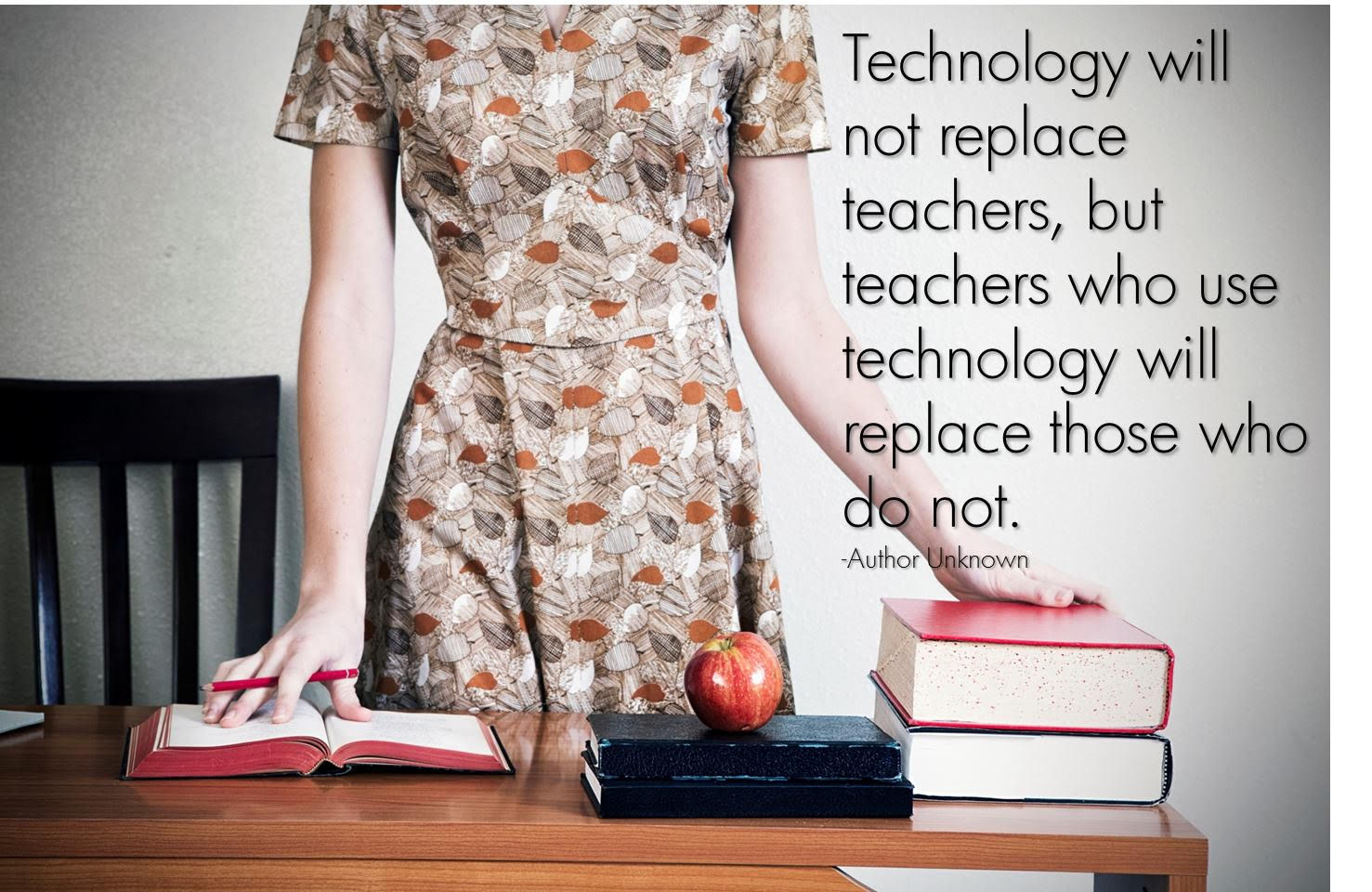Hello beautiful people :)
Welcome in this week's blog post regarding PBL.
In the postindustrial society, there has been a growing call for a change of demands on educational results and didactic approaches.
Today's classroom looks much different from those before. Nowadays we have a lot of opportunities on using different gadgets that help us to create something new and interesting. In the last lecture, we discussed Project-based learning.
Today's classroom looks much different from those before. Nowadays we have a lot of opportunities on using different gadgets that help us to create something new and interesting. In the last lecture, we discussed Project-based learning.
PBL is a student-centered form of instruction based on three constructivist principles: learning is context-specific, learners have involved actively in the learning process, and they achieve their goals through social interactions and the sharing of knowledge and understanding. It has connections with other pedagogical approaches, such as problem-based learning. This style of instruction incorporates curriculum with 21st-century skills in a way that is highly engaging for students.
Project-based learning helps teach students:
- Creative problem-solving skills
- The importance of collaboration
- How to build project management skills
- How to use relevant technology to find resources, communicate and produce a final product
As a future teacher, I would avoid:
⚠️Choosing too demanding themes and goals that are hard to fulfill in the given time and out of the student ́s limits or knowledge
⚠️Planning too short or too long project work without a start and an end.
How would I incorporate PBL in my future classroom:
Where to begin
Creating project-based learning lesson plans is a hard nut to crack.
1st step: brainstorming ideas for projects that align with my curriculum. As a pre-service English teacher and very fond of translating a good idea can be censorship of specific terms in translation during communist times in Albania.
2. Once I agreed together with the students the idea for research I would break it down into smaller tasks that need to be completed.
3. Create a timeline for the project.
Week 1: watching movies/ reading books regarding the topic.
Week 2: Make an outline regarding censorship in translation.
Week 3: Research specific terms and provide alternative translation without censorship.
Week 4: Present the project in the classroom.
4. In this step I would assign roles and responsibilities to each student. I would divide the class into 2 big groups. One that will research censorship in movies and one in books.
5. Deciding how I will assess the project.
Assessment will be divided into categories: meeting deadlines, content, organization, and oral presentation.
See you next week, byeeeeeeeee




Hi Amoreta,
ReplyDeleteYour thoughts on PBL are quite on point and especially the idea about integrating PBL in an Albanian classroom. The post is also well-formatted and pleasing to read, full of examples, headings, and illustrating imagery. What is more important, it is great too see that you have listed some of the practices you would want to avoid as well, which I think are equally important.